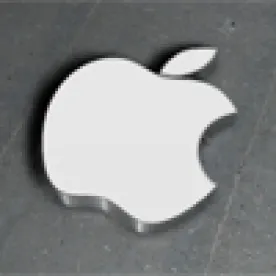It has long been possible to use both trade dress and design patent rights to protect three-dimensional designs that function as trademarks. One strategy has been to rely on design patent protection while a three-dimensional mark is acquiring the secondary meaning necessary to register and enforce trade dress rights. The Federal Circuit’s recent decision in Apple Inc. v. Samsung Electronics Co. suggests that consumer product companies may want to adopt this two part approach more often because it may be easier to challenge trade dress rights than design patents on the basis of functionality.
Apple sued Samsung in April 2011 for trade dress dilution and patent infringement of trade dress and design patents that cover similar features of Apple’s iPhone smartphone including the design details in each of the sixteen icons on the iPhone’s home screen and, separately, the front face and bezel of the iPhone. The district court ruled in favor of Apple for both trade dress dilution and design patent infringement. Samsung appealed the decision to the Federal Circuit, which upheld the design patent infringement ruling but reversed the trade dress dilution ruling finding that the asserted trade dress was functional and therefore not protectable.
According to the Federal Circuit, trade dress is intended to protect source identification and not to provide a perpetual monopoly on a product’s functional features. In the context of trade dress, a feature is functional and not protectable if it has some utilitarian advantage or affects the cost or quality of the product. Because Apple’s asserted registered and common law trade dress covered features of the iPhone that improved its quality and usability, the Federal Circuit held that the trade dress was not protectable. In contrast, a design patent may cover ornamental aspects of a product feature, even if that feature is functional.
Thus, for product configuration, it is worthwhile to consider obtaining design patent protection in addition to trade dress, especially where the product configuration provides some utilitarian advantage. Keep in mind that design patents should be applied for before a product is publically introduced in order to obtain the widest scope of protection globally.
Benedict L. Hanrahan is co-author of this article.




 />i
/>i

